
Vietnam should take advantage of the opportunity of high rice prices to export. In the photo: Tan Long Group loads rice onto trucks for export - Photo: VINH SON
Accordingly, Vietnam should take advantage of this opportunity to boost rice exports.
Mr. Cua commented that rice prices are currently at an all-time high, so the best solution for Vietnam is to increase production to export as much rice as possible to benefit farmers, businesses and earn foreign currency for the country.
Traders are still betting on the price of young rice at 8,500 VND/kg, and they also make deposits with farmers in advance. The high price encourages farmers to plant early, especially in coastal areas, which is in line with the policy of the Ministry of Agriculture and Rural Development to avoid drought and salinity in the later stages of the rice crop.
Therefore, this winter-spring crop, the Mekong Delta will have a lot of ripe rice for Tet, with high prices, helping farmers have a more prosperous traditional Tet than every year.
* Sir, but there are also concerns that if Vietnam massively exports rice, it will affect food security?
- Food security in our country is no longer a big problem like before. Rice in Vietnam is grown and harvested all year round. Because the current rice varieties in Vietnam are both short-term and have high productivity.
Rice prices have been high for 3 months now, consumer sentiment has stabilized, there are no more scenes of people buying rice to stockpile.
Unlike the previous rice crisis, when world rice prices suddenly increased by more than double in a very short period of time. At that time, the Government banned rice exports to stabilize the domestic market.
It's different now, I think there will be no domestic rice crisis, rice export only brings joy to millions of people because of a good harvest and high prices.
* Vietnam's rice price has surpassed Thailand's and India's... is this just a temporary price and a "lucky" one for Vietnam when other countries restrict rice exports?
- No, the Thai people themselves have admitted that the quality of their 5% broken rice is inferior to Vietnam's. This year, Vietnam has not only increased its rice export output but also had the opportunity to popularize Vietnam's delicious rice more widely.
It's not luck, it's because Vietnam had the right direction 3 decades ago so now it benefits.
Previously, Vietnamese rice prices were always lower than Thai rice because we lost to them in all aspects: short grains, dry rice, and poor milling.
Three decades ago (around 1993), during the implementation of the rice variety program of the Ministry of Agriculture and Rural Development, Professor Bui Chi Buu proposed a high-quality rice program (long grain and soft, lightly fragrant rice) and gradually developed many varieties. The private sector also joined in research and breeding.
Currently, this group of rice and sticky rice accounts for over 80% of Vietnam's rice exports. Meanwhile, Thailand, apart from fragrant Khao Dawk Mali rice, accounts for about a quarter of its rice output, the rest is mostly for dry rice as it was two decades ago.
After the 2022 Global Rice Trade Conference in Phuket (Thailand), the honorary president of the Thai Rice Association in a press interview frankly criticized the Thai government for not paying attention to investing in research on soft-grain rice varieties, which led to it losing out to Vietnam and almost leaving the Philippine market to Vietnamese businesses.
Although Vietnam has surpassed Thailand in the above rice segment, we need to note that in the past 5-7 years, the structure of soft-grained, lightly fragrant Vietnamese varieties has changed continuously.
Once a rice variety is popular in the market, its quality will continuously decline because it cannot guarantee the standard variety due to imitation, using food rice as seed, and even the business that owns the copyright for that seed cannot maintain the original quality.
I think what Vietnam needs to pay attention to is that Thailand has selected four rice varieties for soft rice and has cooked them for guests to try at the Global Rice Trade Conference in Phuket in November 2022.
The competition is going to get fierce soon.
* There is a very strange fact that rice prices have increased sharply but many rice exporting enterprises do not have rice in stock and are complaining of losses. Is this true and what can be done to overcome this situation, sir?
- The Mekong Delta produces rice all year round, with more in the main crop and less in the off-season. Therefore, businesses do not need to store a lot of rice when they have to pay high bank interest and the quality of the rice will decrease if left for a long time.
However, in reality, recently businesses did not anticipate price fluctuations, so they signed export contracts when prices had not yet increased and gradually increased to more than 30%, an average of 10%/month, so losses were inevitable.
Unlike Vietnam, other Southeast Asian countries do not consider the sensitivity of traders to prices. Price signals are transmitted continuously and when there is a profit attraction, the group of traders will be very large.
But they are not the ones keeping the rice because they do not have logistics. Meanwhile, businesses with drying kilns, warehouses and capital are the ones that need rice. This is a market economy, let it self-regulate. Those who are good at calculating and keeping their word will survive./.
According to TTO
Source: https://tuoitre.vn/cha-de-gao-st25-gia-gao-viet-dang-cao-nhat-the-gioi-thi-nen-tranh-thu-xuat-khau-nhieu-20231110223152169.htm?gidzl=Dwhg8i47X1mxj-aamH23736ywYlS5eSMBkpjAjjAWaSljhXzZHo0Ioldv2VHGDjF8k_aTMR3dbmEnG6F60
Source








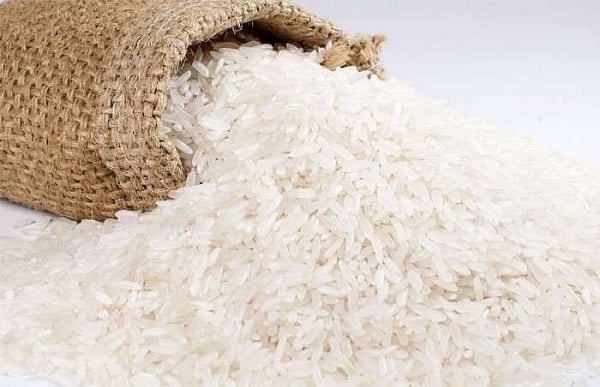

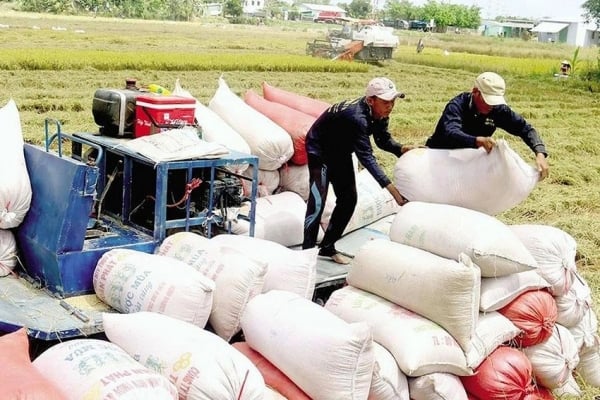
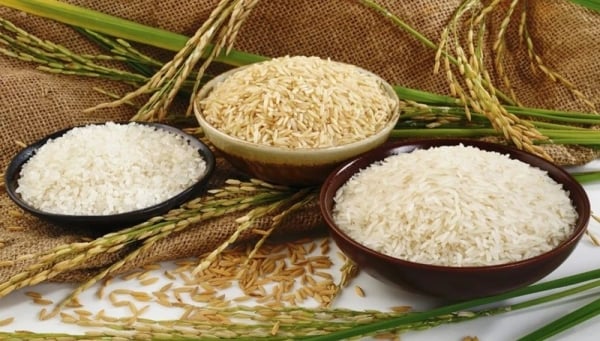
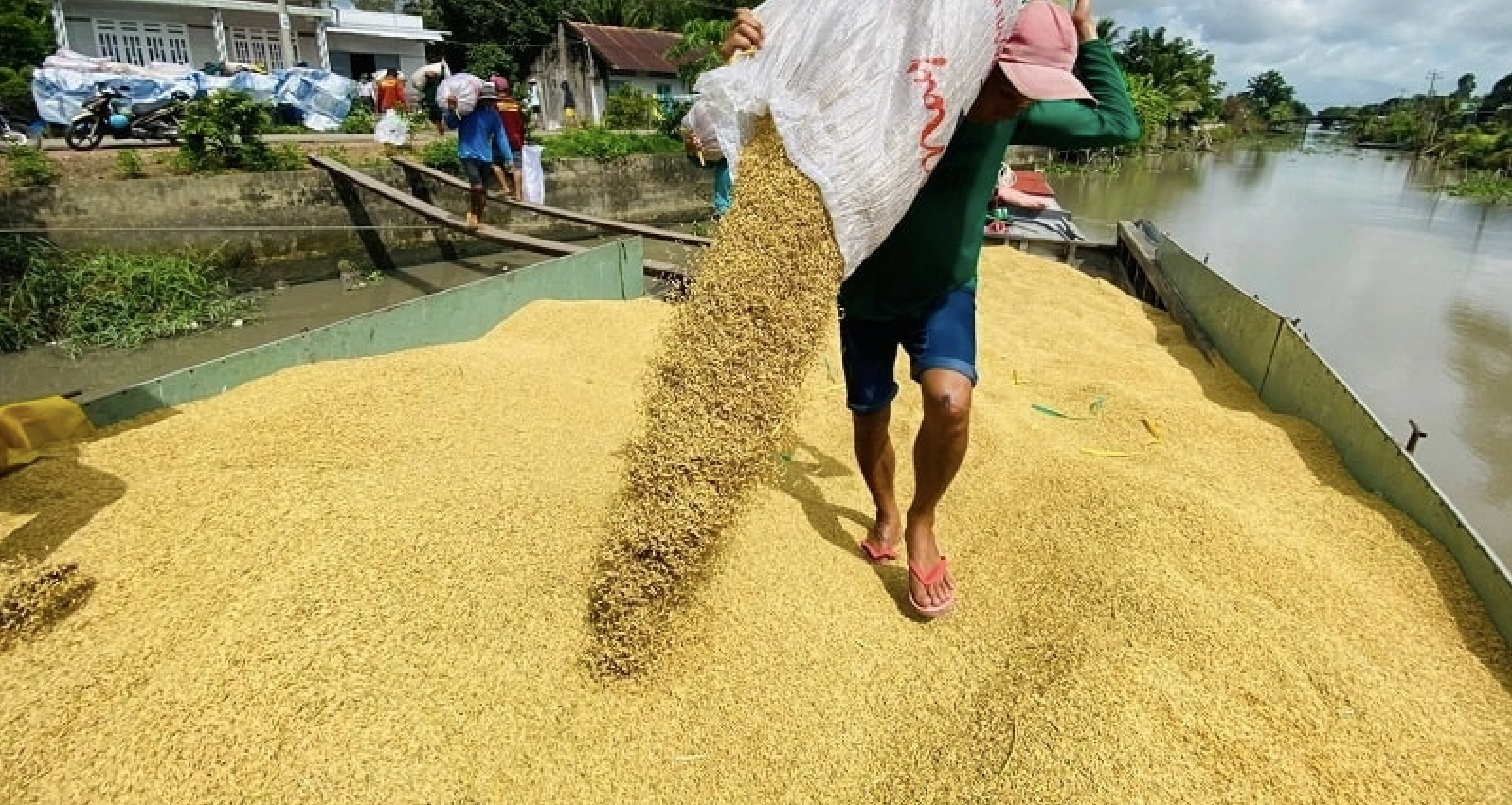

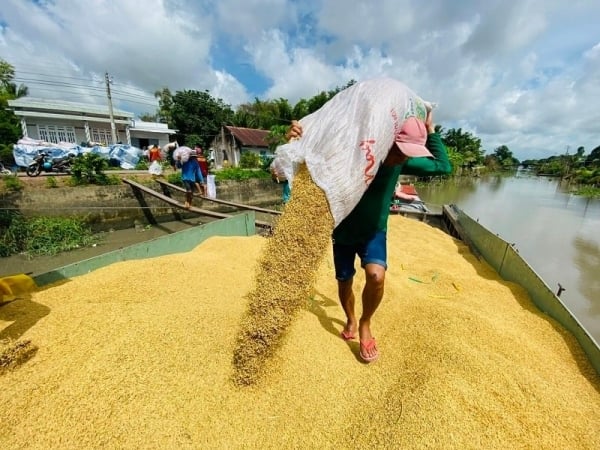
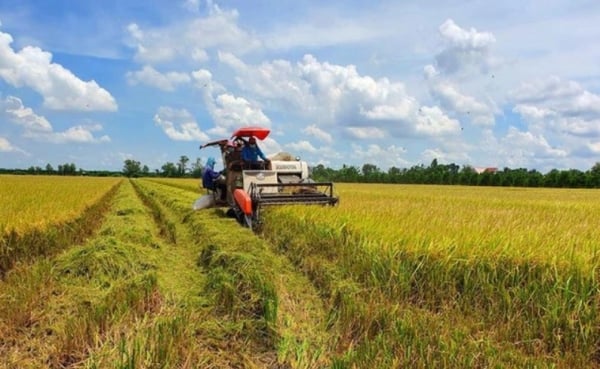
![[Podcast]. Hometown](https://vstatic.vietnam.vn/vietnam/resource/IMAGE/2025/2/23/e69be2a6d7564f4984b8fdf842635751)

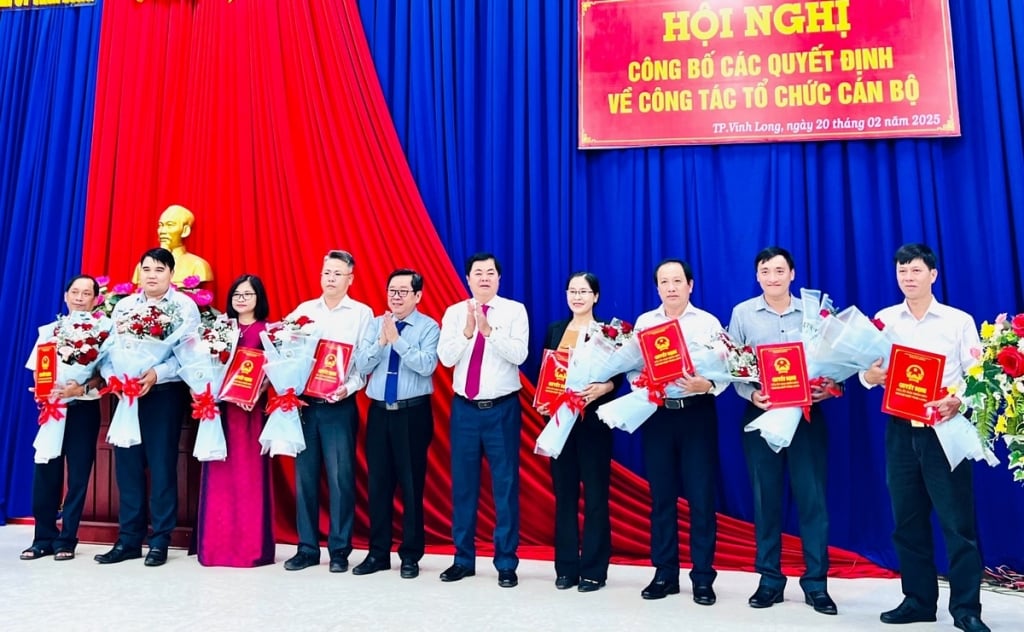


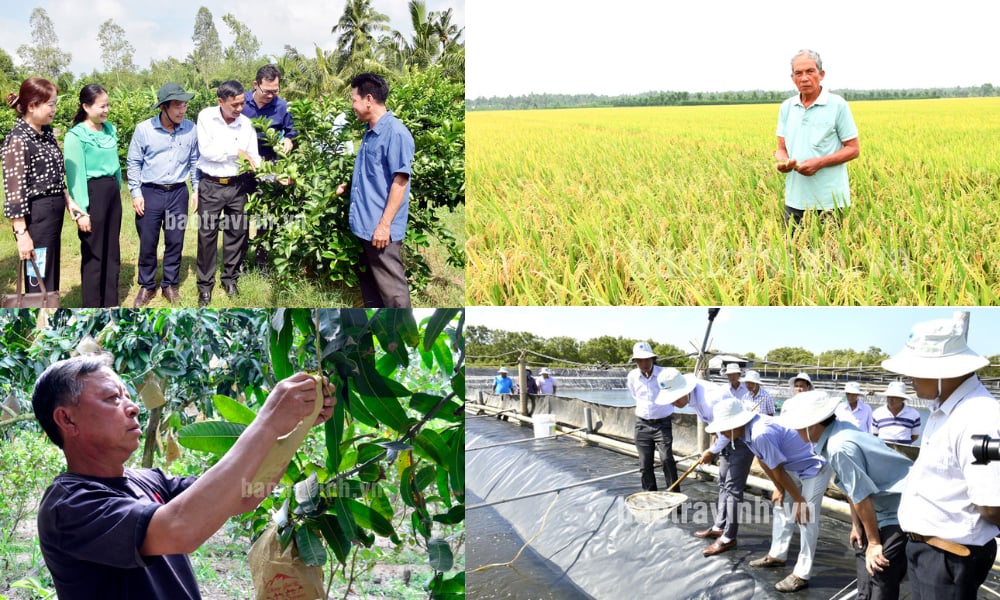


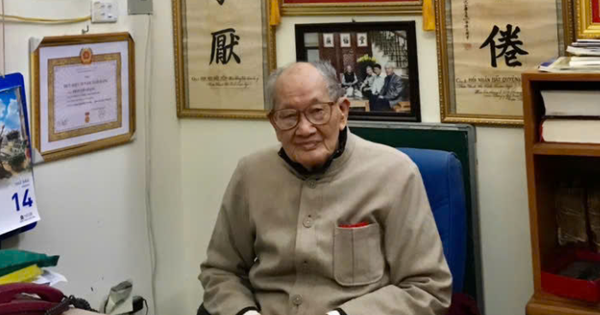











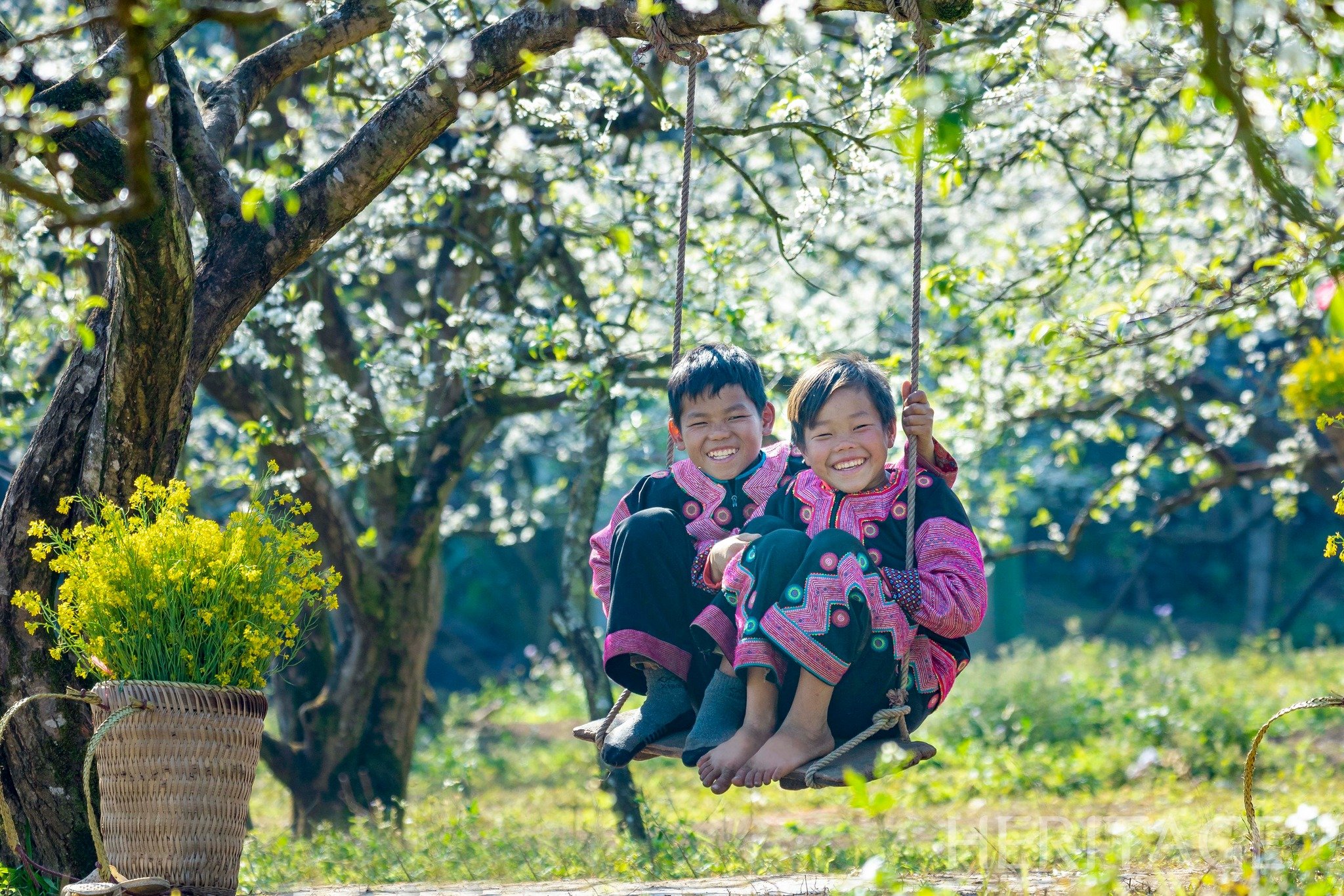
Comment (0)